Deck & Commander Strategies
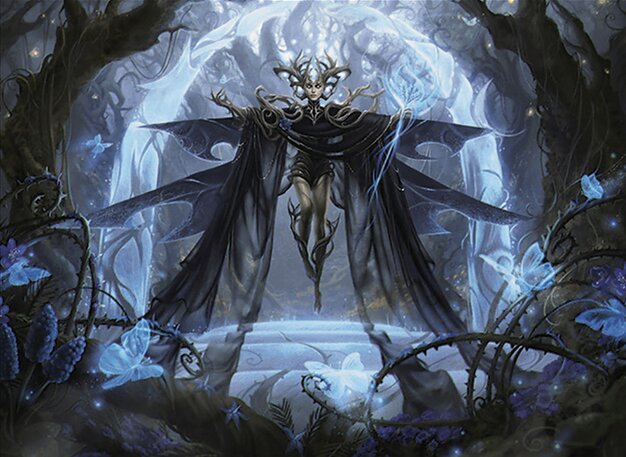
Talion, the Kindly Lord
Talion's deck focuses on aggressive early plays with mana acceleration and disruption, leveraging creature-based damage and lock pieces like Lavinia to control opponents and restrict their spells, aiming to win through incremental damage and board control.

Atraxa, Grand Unifier
Atraxa's deck plays a value-based strategy using proliferate and +1/+1 counters to grow creatures and control the board, combining interaction and powerful creatures to outpace opponents and win through overwhelming board presence.

Derevi, Empyrial Tactician
Derevi's deck uses value creatures and control elements, including tapping and untapping synergies, to disrupt opponents and generate incremental advantage, aiming to control the game tempo and win through combos or attrition.

Kinnan, Bonder Prodigy
Kinnan's deck accelerates mana generation and uses it to cast large spells or activate powerful creatures, leveraging mana doubling and value engines to quickly assemble combos or overpower opponents with big plays.
Gameplay Insights
- 1
Lavinia's taxing effect severely limited Talion's ability to cast multiple spells per turn, creating a significant tempo lock.
- 2
Phasing out Lavinia was a strategic decision to allow key spells like Chord of Calling to resolve without counterspell interference.
- 3
Repeated pings from Orcish Bowmasters and Bowmasters helped control life totals and pressure opponents incrementally.
- 4
Talion's early mana acceleration was countered by opponents' interaction and taxing effects, showing the importance of timing disruptive plays carefully.
- 5
Card draw triggers from creatures like Mystic Remora and repeated use of tutors were crucial for maintaining resources in a resource-denying environment.
- 6
Players prioritized neutralizing potential combos and lock pieces to maintain board control and prevent game-ending sequences.
Notable Cards
-
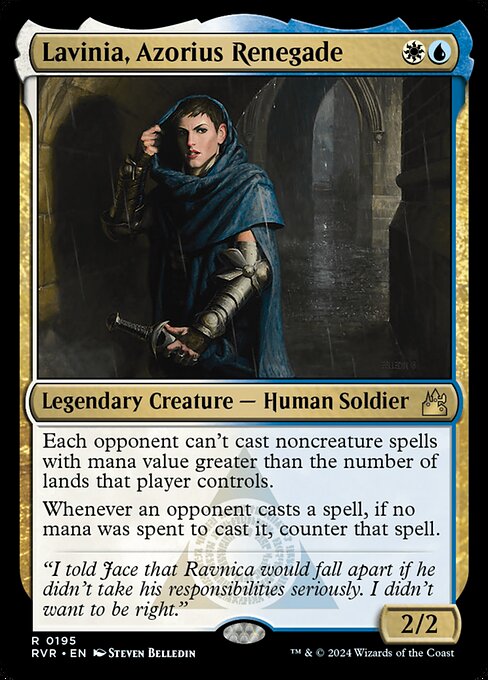
Lavinia, Azorius Renegade
-

Orcish Bowmasters
-
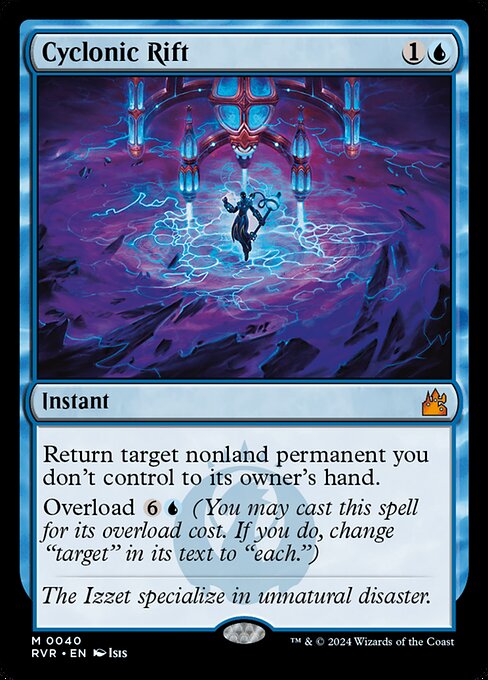
Cyclonic Rift
-
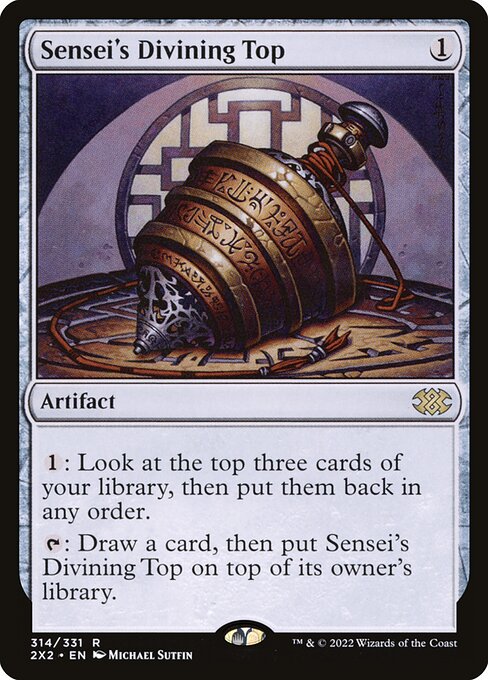
Sensei's Divining Top
-
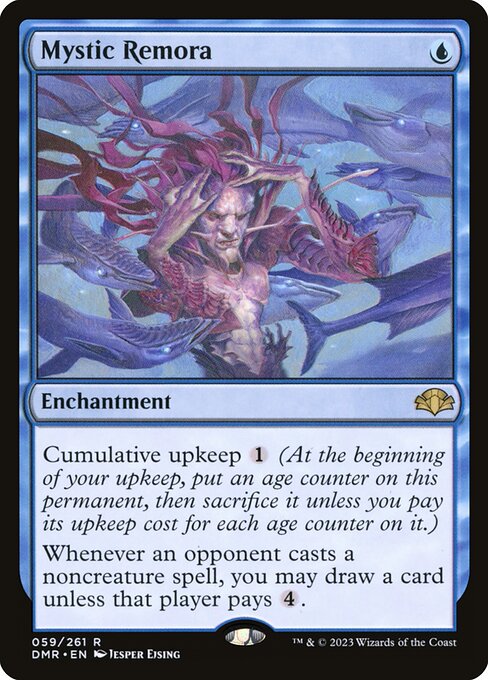
Mystic Remora
-

Mana Crypt
-
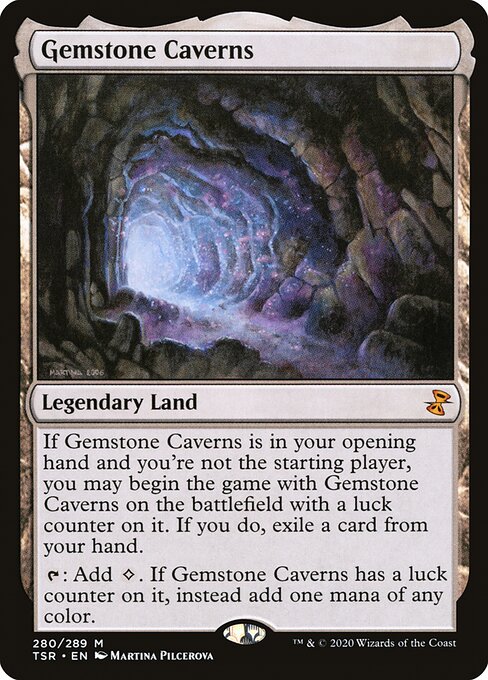
Gemstone Caverns
-
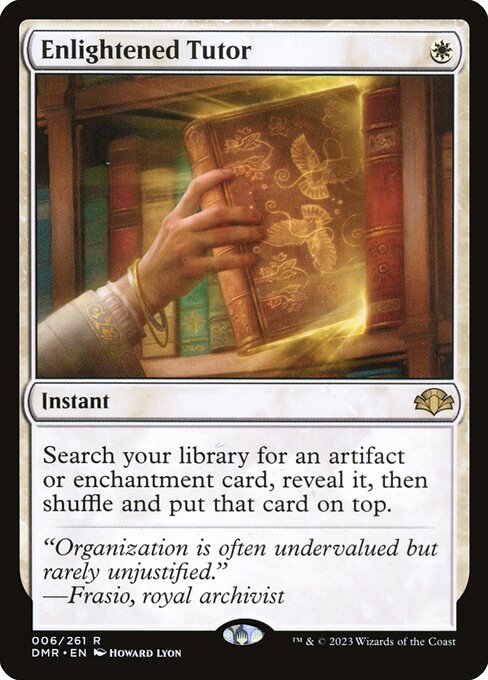
Enlightened Tutor
-
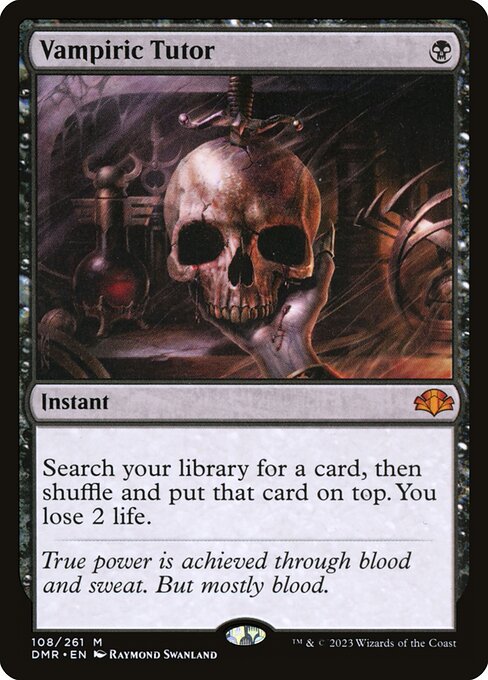
Vampiric Tutor
Gameplay Summary
The game featured four competitive commanders battling for control and board presence.
Talion, the Kindly Lord, started strong with multiple mana rocks and land drops, aiming to establish a tempo advantage early.
However, Lavinia's taxing effects and repeated pings from Orcish Bowmasters and other creatures kept Talion locked down, struggling to cast spells and develop his board.
Meanwhile, opponents like Atraxa and Derevi generated incremental value with their creatures, triggers, and interaction, further pressuring Talion's resources.
A key turning point was Talion's attempt to disrupt opponents via spells like Cyclonic Rift, but Lavinia and interaction prevented him from stabilizing.
The game saw heavy use of phasing and interaction to neutralize threats, with players prioritizing lock pieces and resource denial to maintain control.
Talion's inability to break the lock and limited land draws eventually put him at a disadvantage, while opponents leveraged incremental value and card draw engines to build towards their win conditions.
The game was decided by efficient resource management and the ability to handle early pressure and taxing effects.
























![Two Time Top Tournament Talion Takes on the Team [cEDH Gameplay] TALION v SISAY v ATRAXA v CORMELA thumbnail](https://i.ytimg.com/vi/XQx31rp4OTQ/sddefault.jpg)










![Is ETALI the new BOOGEYMAN of cEDH? [cEDH GAMEPLAY] ETALI v FLUBS v DEREVI v KINNAN thumbnail](https://i.ytimg.com/vi/rRhN28b5rYY/sddefault.jpg)
